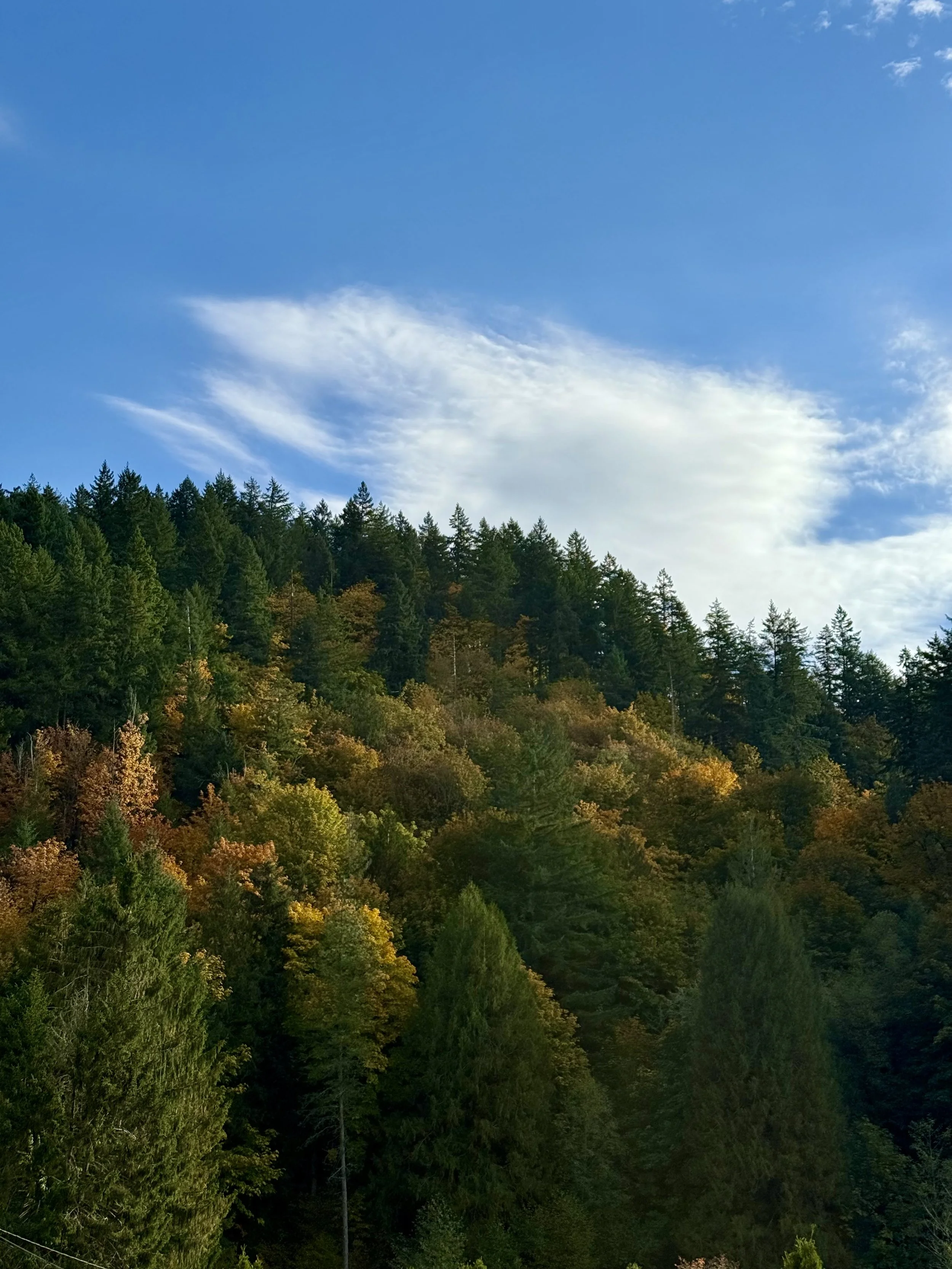Western Washington Fall Colors 2025: Trees Aglow and the Science Behind the Show
As of late October 2025, fall foliage is putting on a vivid show across the Pacific Northwest – even in Western Washington’s famous evergreen landscapes. This year’s display arrived a bit early and may not linger long, thanks to an unusually hot, dry summer and early autumn. Higher-elevation forests in the Cascades reached peak color by late September, and lowland areas around Seattle reached peak color in mid-October, about a week or two ahead of schedule. The good news is that many trees still developed brilliant hues, especially when warm, sunny days and cool nights in early fall boosted the production of red and purple pigments. The flip side is that drought-stressed trees tend to shed their leaves faster. Washington had a summer rainfall deficit of nearly 7 inches (18 cm) below average, so the window to enjoy peak color has been shorter than in gentler years. In this post, we’ll highlight which trees are stealing the show in 2025, explain how weather influences those autumn colors, and share tips for observing the seasonal change in your own neighborhood.
Fall 2025: Early and Brilliant Colors in the PNW
Nicknamed the Evergreen State for its year-round green conifers, Washington still bursts into autumn color in many areas. This year, Western Washington’s fall color came on early but bright. After a record dry summer, experts warned the foliage might “arrive earlier than usual and disappear more quickly” (KING 5). Indeed, many deciduous trees began turning color and dropping leaves earlier than usual. In the Cascade Mountains, western larch trees (a high-elevation deciduous conifer) blazed golden by the end of September, and vine maples and huckleberry bushes splashed red across understory slopes.
By mid-October, lowland forests and city streets from Seattle to the Puget Sound region were at or near peak. The key was the classic fall weather pattern we enjoyed: a succession of warm, sunny days paired with crisp, cool nights. This combination is ideal for intense reds and purples, as daytime sun allows leaves to produce plenty of sugars, and chilly nights trap those sugars in the leaves, where they spur the production of anthocyanin pigments.
Native Trees with Standout Fall Color
Vine Maple (Acer circinatum)
This understory maple is one of the first harbingers of fall in the Northwest. Come early autumn, vine maples burst into spectacular shades of scarlet red, orange, and yellow. They often glow crimson in dappled light beneath firs. They grow 10–15 ft (3–4.5 m), often multi-trunked, and thrive in partial shade and moist soil. Too much shade or drought can dull their color.
Big-leaf Maple (Acer macrophyllum)
Leaves up to 12 in (30 cm) wide turn golden-yellow in fall. These giants often grow to 50+ ft (15 m). In dry years, they may turn early and drop quickly. Cultivars like ‘Seattle Sentinel’ (~15 ft) offer urban options.
Western Larch (Larix occidentalis)
Not in western WA lowlands, but worth a mention – its golden needles light up the eastern Cascades. It’s a deciduous conifer that drops needles after fall color.
Other Notables
Pacific dogwood (Cornus nuttallii): purplish tones in fall.
Oregon white oak (Quercus garryana): muted bronze late in the season.
Ornamental Trees Stealing the Show
Red Maple Cultivars (Acer rubrum)
Cultivars like ‘October Glory’ and ‘Red Sunset’ produce fiery scarlet-red foliage. Often grow 40–60 ft (12–18 m). Some trees dropped leaves early this year, but the color was exceptional where conditions were right (OSU Extension – Trees for Fall Color).
Sweetgum (Liquidambar styraciflua)
Star-shaped leaves turn red, gold, orange, and purple — sometimes all at once. Grows 30–60 ft (9–18 m). Newer cultivars, such as ‘Rotundiloba’, have fewer seed balls.
Japanese Maples
Depending on cultivar, leaves turn orange, red, yellow, or purple. Sizes range from 10–25 ft (3–8 m). This year, laceleaf and fullmoon types were particularly vivid.
Others Worth Mentioning
Black Tupelo (Nyssa sylvatica) – blazing reds; ~30 ft (9 m). Look for cultivars like ‘Red Rage’.
Katsura (Cercidiphyllum japonicum) – golden leaves and candy-like fall fragrance.
Persian Ironwood (Parrotia persica) – yellow, orange, red, purple tones. Small garden tree with decorative bark.
Raywood Ash – claret-purple foliage.
Dawn Redwood (Metasequoia glyptostroboides) – copper-orange needles before leaf drop.
Weather, Pigments, and Fall Foliage Science
Three pigment types shape fall color:
Chlorophyll (green) breaks down first.
Carotenoids (yellow/orange) are always present but become visible as chlorophyll fades.
Anthocyanins (red/purple) are produced in the fall, triggered by sunny days and cool nights, and by trapped leaf sugars.
Stress (drought, damage) can dull colors or cause premature drop. Anthocyanin production and color quality are highly weather-dependent, which is why fall varies so much year to year (University of Missouri – Science of Fall Color).
Observational Science: Watch Your Trees
Track timing: Which species turn first or last?
Compare locations: sun vs. shade, dry vs. wet soils.
Watch for stress signs: Early color may signal root or water issues.
Identify unknowns: Use apps or field guides to name that red-leafed tree.
Link color to weather: Look for bright reds after a run of sunny days and crisp nights.
Conclusion
Western Washington’s 2025 fall color season came early and likely won’t linger, but it is brilliant. Native and ornamental species both delivered. As weather, genetics, and care conditions combine each year, each fall becomes a fresh invitation to observe and learn.
Get outside and crunch some leaves.


